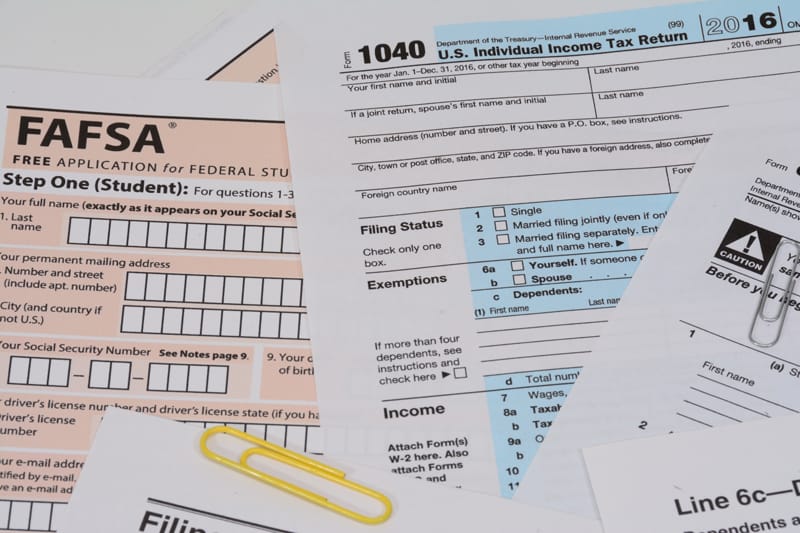
Halloween is Over, but Some College Planners are Still Scaring Parents
November 21, 2017
College Tuition Deduction Extended for 2017
February 28, 2018Here are some money saving tips plus good news for K-12 tuition.
Just before Christmas, President Trump signed the Tax Cuts and Jobs Act (hereafter “the Act”), which is designed to stimulate growth and employment in the American economy. Included in the Act are some provisions and opportunities for parents of students in K-12 and those saving for college, and the planning tips that follow could save parents thousands of dollars over time if faithfully implemented.
529 plans are currently the most popular vehicle used to save and pay for college. There are no income restrictions to contribute to a 529, each person can contribute up to $14,000 ($15,000 beginning in 2018) per child, and the increase in value to the funds is never taxed if used to pay for qualified educational expenses. However, prior to 2018, 529 proceeds could only be used for college, and Coverdell Education Savings Accounts (read about thesehere) were the favored tax-deferred vehicle used to pay for private K-12. Coverdells have restrictions ($2,000 annual contribution per-student and income limits on those who fund them), but these limitations can be managed.
529 funds can be used for Private K-12
Under the Act, up to $10,000 of 529 funds can be used each year per student to pay for private K-12. Families that may have been funding 529s for their children’s college can now pay some or all of their K-12 expenses from their 529 accounts. Parents of private school students that live in states that permit a state tax deduction for 529 contributions can now save state taxes on an additional 12 years of private school tuition.
Caution on Draining the 529
Parents need to exercise caution on the excessive use of 529 funds for K-12. College bills will still arrive in your mailbox when your child turns 18, so you don’t want to totally drain junior’s education accounts. Make sure your 529 funding is sufficient to take care of both college and private K-12.
No more deductions for Home Equity Line of Credit (HELOC)
Many parents (either rightly or wrongly) tapped their HELOC to pay a shortfall on college expenses, and why not? The interest rate on HELOCs is attractive, and the interest (on the first $100,000 of debt) is deductible as home mortgage interest. Unfortunately, under the new Tax Act, interest from second mortgages and HELOCs is no longer deductible unless it is used to substantially improve the home. Parents can still tap the HELOC for education, but that sweet tax deduction on the interest is gone.
Kiddie Tax – Get the Money out of Kids’ Names
Under the new law, the first $1,050 of children’s unearned income is still tax free. Investment income other than dividends above this amount will now be taxed at Trust tax rates, so the next $2,600 will be taxed at 15%. Since children’s assets are assessed at 20% – 25% (vs 5.64% for parents) on college financial aid forms, consider rolling existing UTMA/UGMA accounts to a 529, where earnings won’t be taxed at all, and the assets will be assessed at the lower parental rate for college financial aid. You may want to channel your child’s future birthday gifts to 529s as well.
The new tax law has its pros and cons, but it is what it is. Allow the new rules to benefit you where possible. Funding 529s and sheltering your children’s savings and income will go a long way to making education hurt your pocketbook a little less.



